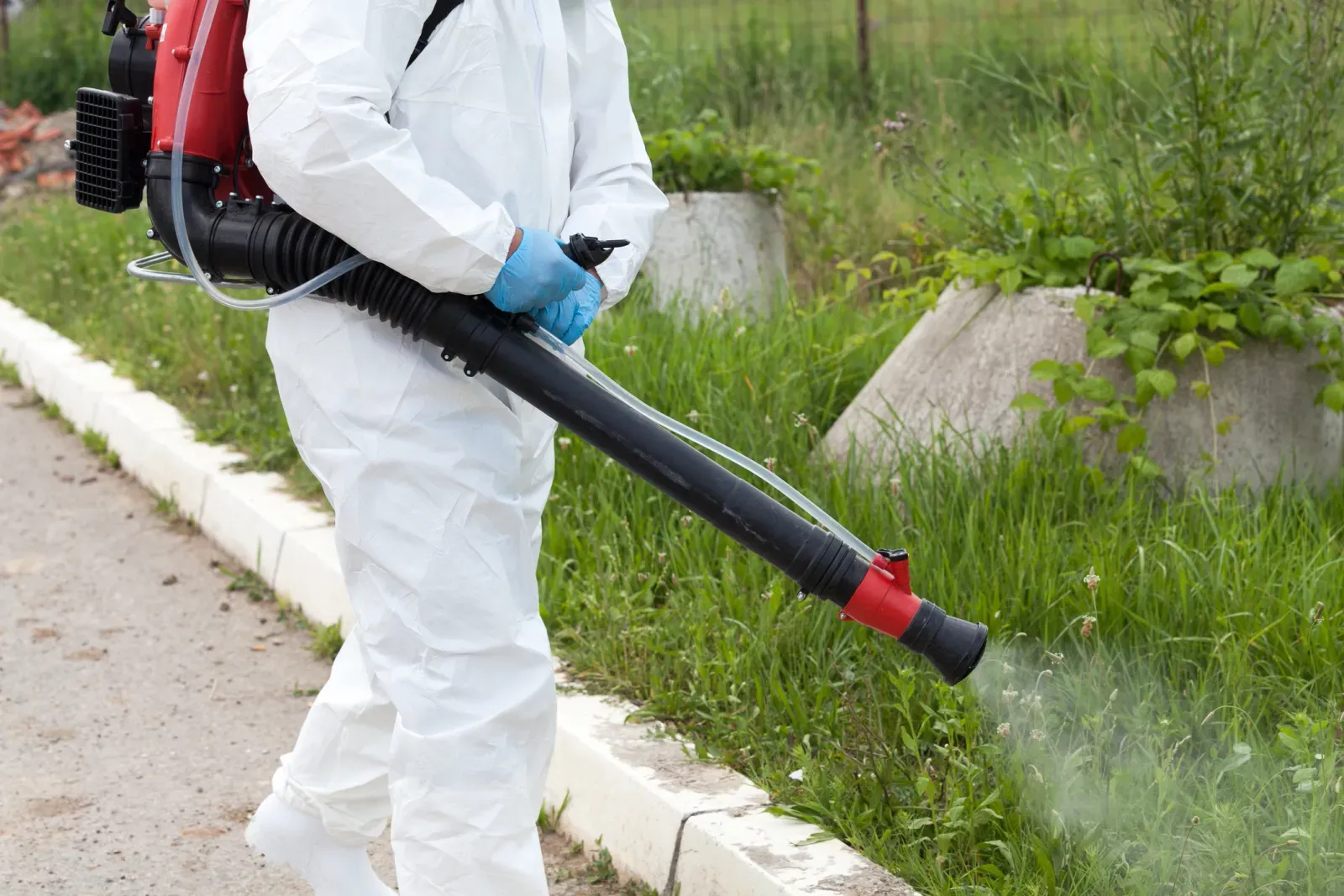

Tick Pest Control in Redland, TX
Tick pest control in Redland, TX by Spot On Pest Control, LLC. Reduce tick exposure with comprehensive yard treatments and expert inspection—call us today.

Tick Pest Control in Redland, TX
Ticks are a year-round concern in Redland, TX because our warm, humid climate and abundant wildlife create ideal conditions for multiple tick species. An effective Tick Pest Control in Redland, TX plan focuses on inspection, targeted chemical and non-chemical treatments, landscape modifications, coordination with pet care, and ongoing prevention to lower the risk of tick exposure for people and pets.
Why integrated tick control matters in Redland, TX
Ticks commonly encountered in this region include Lone star ticks, American dog ticks, and Gulf Coast ticks. These species thrive in thick brush, tall grass, leaf litter, and areas where deer, rodents, and feral animals move. In Redland homes, outdoor living spaces, pet areas, and property edges are high-risk zones. Beyond nuisance bites, ticks in Texas can transmit ehrlichiosis, Rocky Mountain spotted fever, tularemia, and Lone star–linked alpha-gal sensitization, so controlling ticks is a public health as well as comfort issue.

Common tick problems in Redland, TX homes
- Recurring tick activity along property borders, woodlines, and under decks
- High tick counts in pet sleeping areas, kennels, and yards with dense vegetation
- Frequent tick encounters after outdoor activities like gardening, hunting, or children’s play
- Persistence despite one-off treatments due to wildlife hosts or neighboring properties
- Increased seasonal activity in spring through fall, with milder winters extending risk
What a comprehensive inspection includes
A professional inspection identifies the root causes of tick presence and maps risk zones on your property:
- Walk-around survey of yards, fences, play areas, patios, and beds
- Assessment of landscape features that harbor ticks: brush, wood piles, leaf litter, dense ornamental beds, and storm debris
- Identification of wildlife signs (deer trails, rodent burrows) and pet traffic patterns
- Risk evaluation for children’s playsets, vegetable gardens, and high-use outdoor living areas
- Review of previous control measures and coordination needs with pet treatments or neighboring properties
Chemical control options (targeted, safe, effective)
Chemical treatments are used selectively as part of an integrated plan to reduce tick populations quickly and safely.
- Perimeter sprays: Applied to yard edges, woodlines, and shaded zones where ticks quest; treatments are timed seasonally and after heavy rainfall.
- Granular products: Used in high-traffic, shaded areas or under decks where liquid sprays are impractical.
- Spot treatments: Targeted around pet bedding, kennels, and immediate human-use areas to minimize overall chemical use.
- Tick tubes: Cotton-filled tubes treated with permethrin reduce ticks on mice, a major tick host; they are a focused, low-exposure option.
All chemical options should use EPA-approved products applied by trained technicians and scheduled to balance efficacy with safety—especially in households with young children, elderly residents, or pets.
Non-chemical and biological strategies
Non-chemical measures reduce reliance on pesticides and provide durable protection.
- Landscape modifications: Removing brush, thinning shrubs, mowing grass short, and clearing leaf litter to create unfavorable habitat
- Barrier zones: Installing 3- to 10-foot-wide woodchip, gravel, or mulch borders between wooded areas and lawns to reduce tick migration
- Tick-safe landscaping: Relocating play areas and patios away from wood edges and installing low-maintenance groundcovers that do not harbor ticks
- Host reduction: Sealing rodent entry points, storing firewood away from structures, and discouraging deer with proper fencing or plant choices
- Biological controls: In some integrated plans, biological agents such as entomopathogenic fungi or beneficial nematodes are used in specific settings to reduce tick survival; these are evaluated for suitability and safety before use
Coordinating with pet treatments
Pets are often the bridge between ticks in the yard and humans. An effective plan coordinates with veterinary care:
- Timing yard treatments around topical or oral preventives to avoid undue exposure risk
- Advising on vet-recommended tick preventatives (oral pills, topical products, collars) that best match the property risk
- Creating protected zones for pet resting areas and applying spot treatments to those zones as needed
- Training pet owners on daily tick checks, grooming, and prompt removal techniques to reduce disease transmission
Typical process and timing
Integrated tick control is a phased, repeatable approach:
- Initial inspection and risk mapping to identify priority zones
- Immediate interventions (spot chemical treatments, removal of debris, treating pet areas)
- Implementation of landscape changes and host exclusion tactics
- Seasonal follow-up treatments timed for peak tick activity (early spring, mid-summer, and fall) and after heavy rains
- Ongoing monitoring and annual reassessments to adapt the plan to changing conditions or wildlife pressure
Addressing common challenges
- Neighboring properties with heavy wildlife: Focus on perimeter defenses, barrier zones, and communication about shared risk factors
- Heavy rodent or deer activity: Integrate rodent control, exclusion measures, and deer-deterrent strategies into the plan
- Recurring hotspots: Use targeted, repeated treatments and habitat modification to break the local tick lifecycle
- Safety concerns: Use the least invasive effective products, clearly define treated zones, and schedule applications for low-activity periods
Benefits of an integrated tick control plan
- Significant reduction in tick numbers across the property, lowering human and pet exposure risk
- Targeted use of chemicals decreases unnecessary pesticide application while maintaining results
- Landscape changes provide long-term, low-maintenance protection that complements treatments
- Close coordination with veterinary care strengthens overall protection for household pets
- Regular monitoring allows rapid response to new outbreaks and adapts plans to seasonal and wildlife changes
Ongoing prevention tips for Redland, TX homeowners
- Keep lawns mowed and borders trimmed, especially near woodlines and shaded areas
- Remove leaf piles, brush, and unnecessary mulches that create tick habitat
- Create a gravel or woodchip buffer between wooded areas and high-use spaces
- Use protective clothing and permethrin-treated gear during outdoor activities; conduct full-body tick checks afterward
- Maintain pet tick preventatives year-round as recommended by your veterinarian
- Schedule periodic inspections to catch problems before they escalate
An integrated tick pest control plan tailored for Redland, TX reduces the chance of ticks entering your living spaces while balancing safety and long-term effectiveness. By combining inspection, targeted treatments, landscape management, and pet coordination, homeowners can lower the risk of tick-borne disease and enjoy outdoor living with greater peace of mind.
Stop Tick Problems Before They Start With Smart, Targeted Control
If your yard borders woods, holds brush, or sees frequent wildlife, it's time for serious tick pest control in Redland, TX from Spot On Pest Control, LLC. Our integrated approach combines expert inspection, strategic treatments, and habitat improvements that reduce ticks at every life stage. We tailor each plan to your property’s layout and risk zones, while coordinating with your pet care routines for complete protection. Don’t wait until ticks show up on your pets or kids — take proactive steps today to secure your outdoor spaces.
Choose Spot On Pest Control, LLC for Safer, Smarter Tick Prevention
Our Services
Our pest control services cover ants, termites, bed bugs, rodents, mosquitoes, and other common pests, with customized solutions for both residential and commercial properties.
.png)



